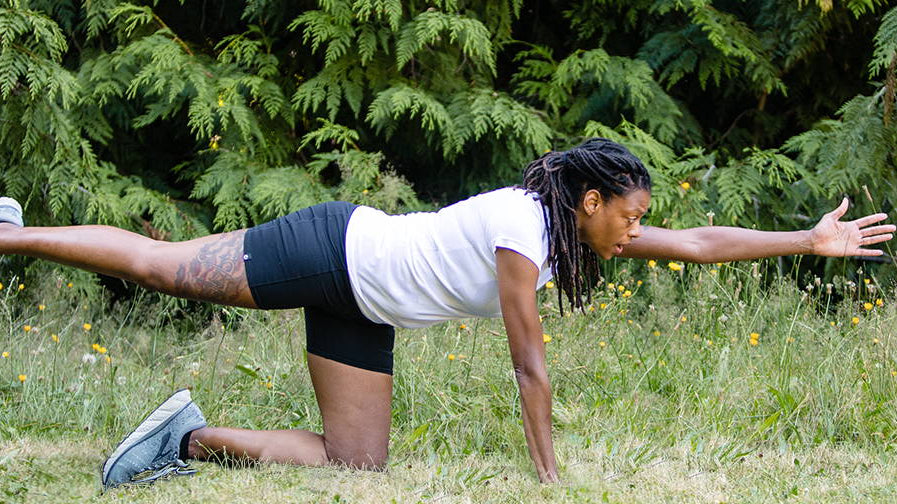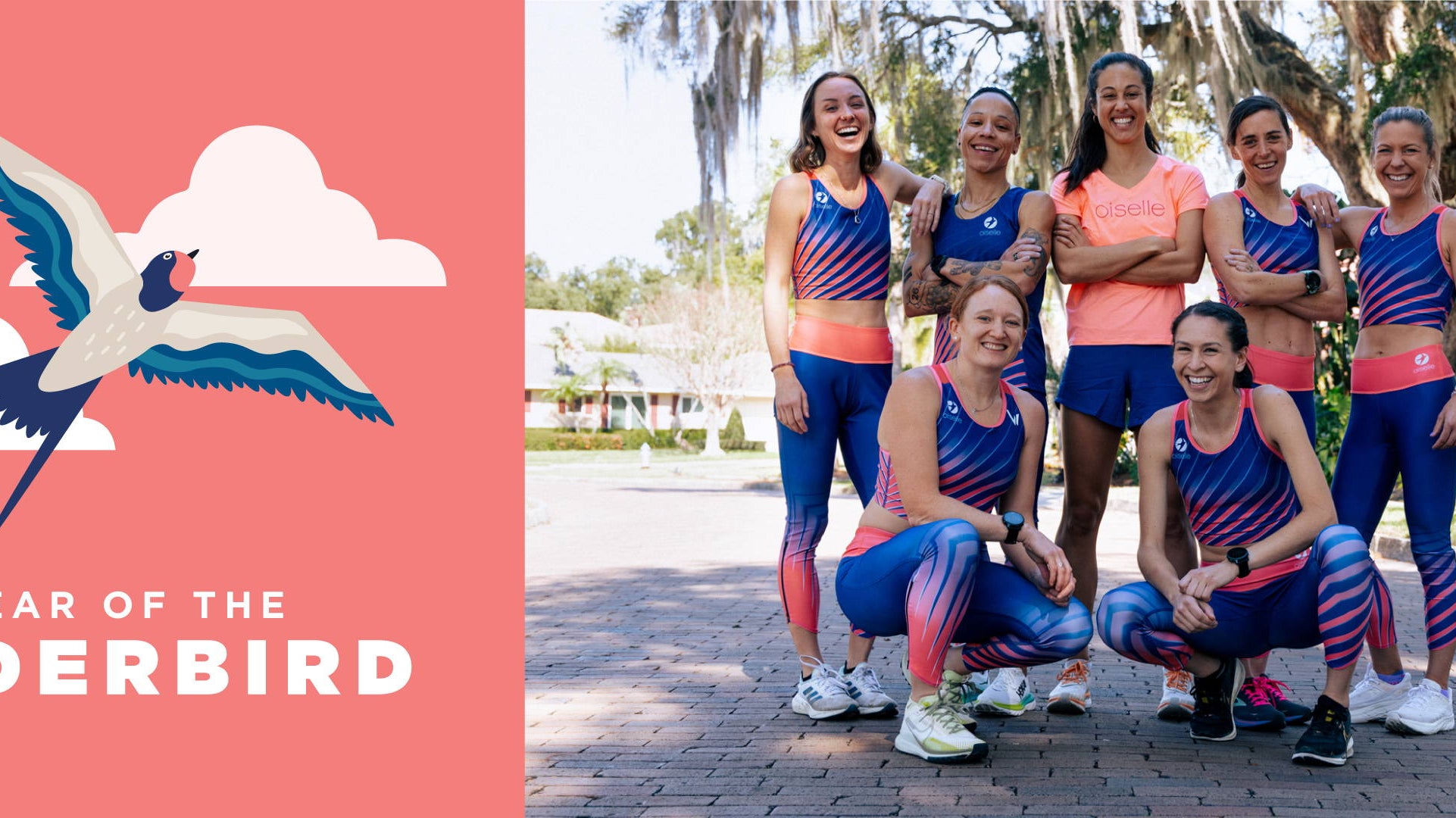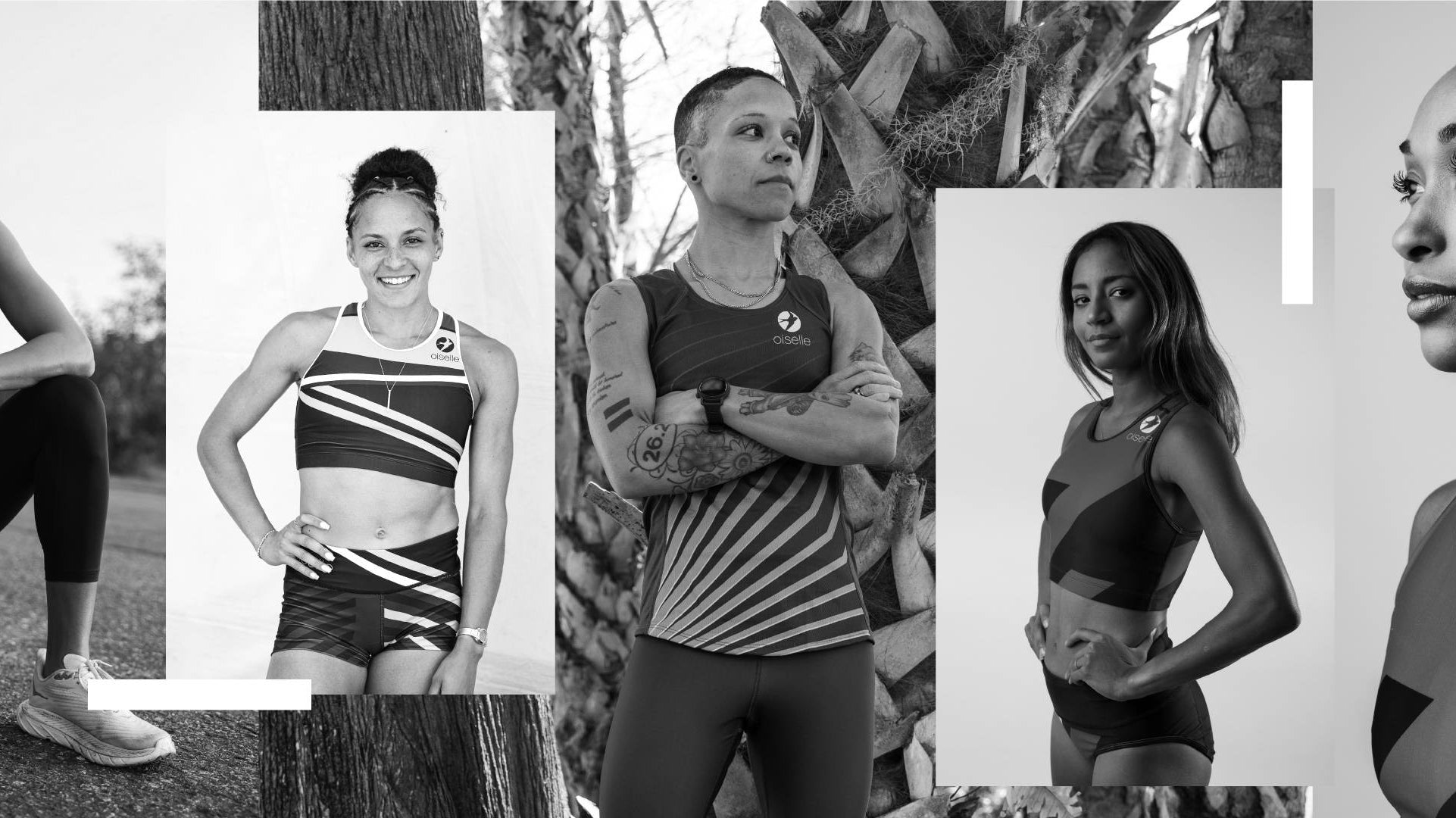June 23, 2022 marks the 50th anniversary of landmark legislation designed to protect people from descrimination based on sex in schools, local and state educational agencies, and other institutions that receive federal financial assistance from the Department of Education.
Officially, this statute is known as the Patsy T. Mink Equal Opportunity in Education Act (named after co-author Patsy Mink after her passing in 2002). But most people know it now by its amendment designation: Title IX.
To mark this big anniversary that changed the lives of so many women, we asked our resident Title IX expert, Haute Volée Rebecca Mehra, to dig deeper into the history of the law, as well as its present and future.
While attending Stanford, Rebecca not only took a course called "Looking Back, Moving Forward: Raising Critical Awareness in Gender and Sports," she became a teaching assistant for it. She also worked in the athletic department for three years assisting in leadership and development. And today, of course, she sees the effects of the ruling around her as she competes in professional track and field.
Welcome to the three-part series, "50 Years of Title IX: Where Are We Now?"










